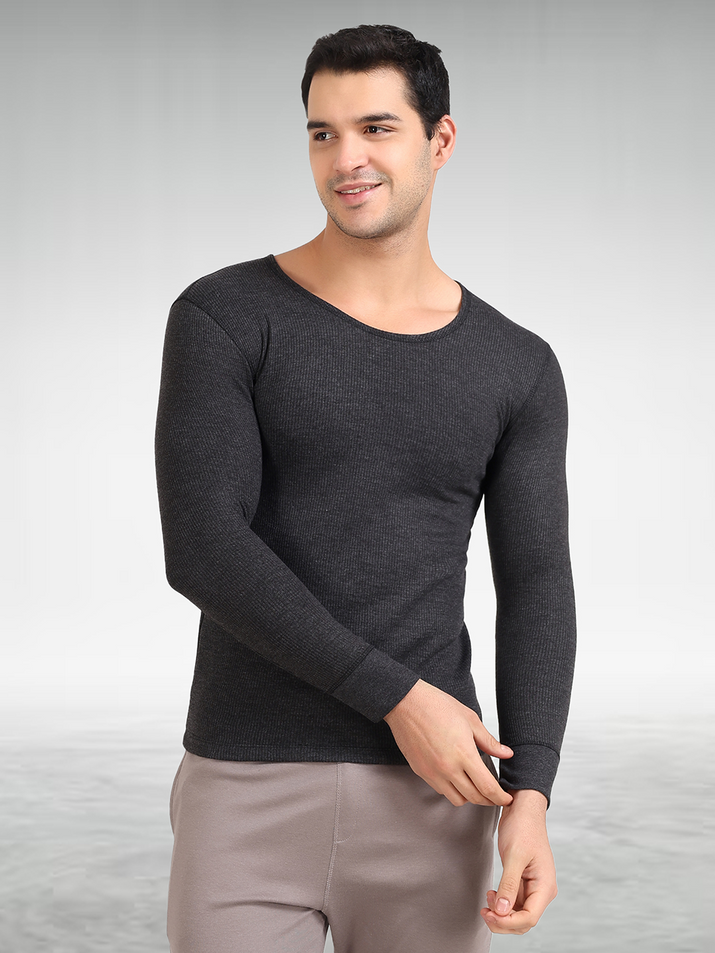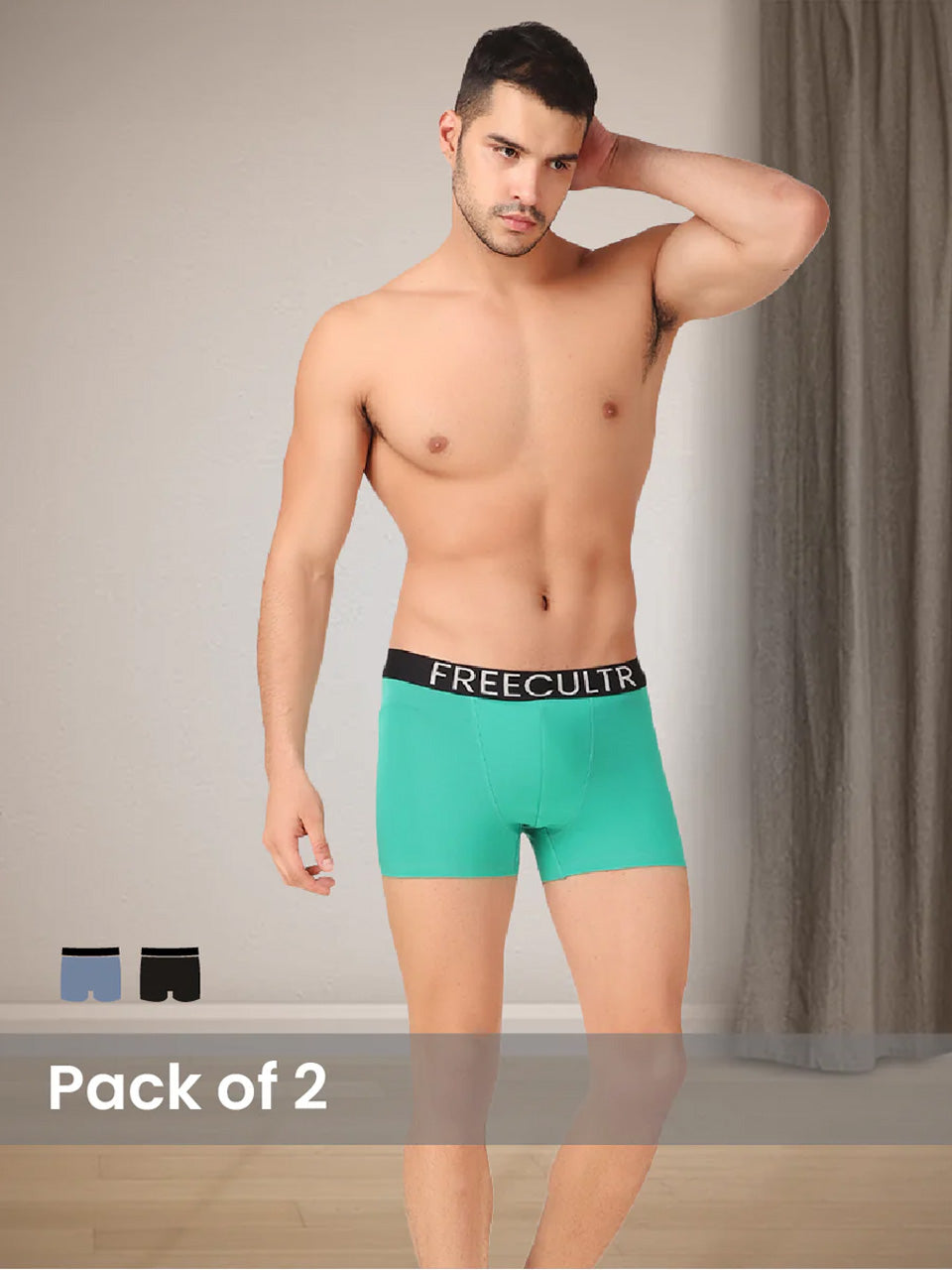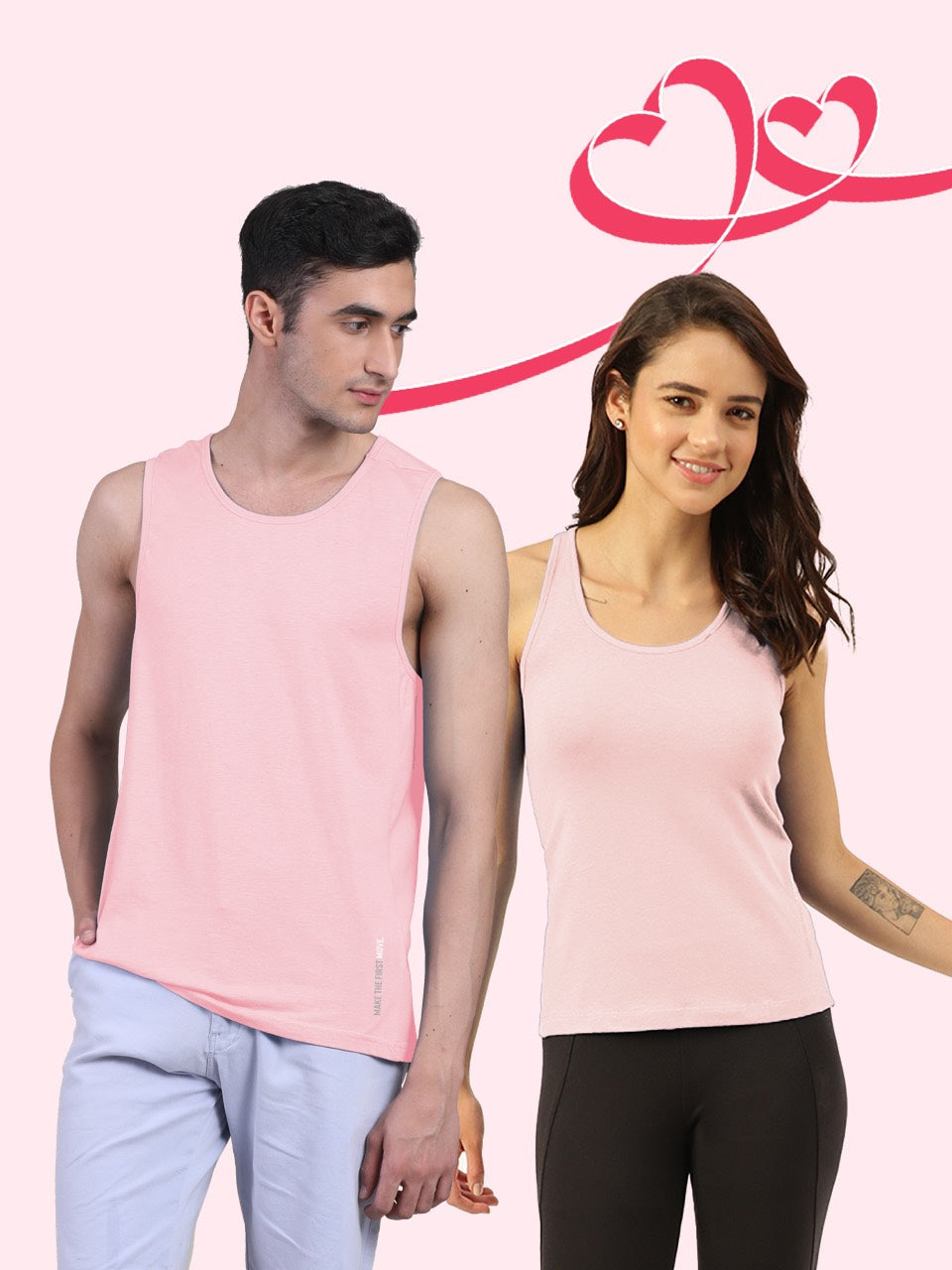Once primarily seen as simple sun blockers, advanced athletic sleeves now represent a sophisticated fusion of textile engineering and performance science. Modern compression sleeves, for instance, utilize graduated pressure to improve blood circulation, reducing muscle fatigue during endurance activities like marathon running or cycling, a trend recently popularized by elite athletes seeking marginal gains. Beyond their well-established UPF 50+ sun protection, often featuring innovative cooling fabrics like Columbia's Omni-Freeze Zero or HeiQ Smart Temp, these versatile garments actively regulate body temperature, preventing overheating in scorching conditions while offering a protective barrier against abrasions. The evolution of sleeves from basic apparel to high-tech gear underscores their critical role in optimizing both safety and athletic output in diverse environments.

The Unseen Shield: Understanding UV Radiation and Your Skin
In our increasingly outdoor-oriented lives, understanding the impact of the sun's rays on our skin is paramount. Ultraviolet (UV) radiation, an invisible component of sunlight, is categorized primarily into two types that reach the Earth's surface: UVA and UVB rays. Both contribute to skin damage, accelerated aging. significantly increase the risk of skin cancer.
- UVA Rays: These rays penetrate deep into the skin, contributing to premature aging, wrinkles. suppressing the immune system. They can also pass through glass.
- UVB Rays: Shorter in wavelength, UVB rays are the primary cause of sunburn and directly damage DNA in skin cells, playing a significant role in most skin cancers.
- sleeves
- sleeves
The Science of Sun Protection: Unpacking UPF Ratings
When selecting sun-protective clothing, the most critical metric to interpret is the Ultraviolet Protection Factor (UPF). Similar to how SPF (Sun Protection Factor) measures the effectiveness of sunscreen, UPF indicates how much UV radiation a fabric blocks. A higher UPF rating means greater protection.
Here's a breakdown of common UPF ratings and what they signify:
| UPF Rating | UV Blocked | Protection Category |
|---|---|---|
| 15-24 | 93. 3% - 95. 9% | Good |
| 25-39 | 96. 0% - 97. 4% | Very Good |
| 40-50+ | 97. 5% or more | Excellent |
For example, a garment with a UPF 50+ rating allows less than 1/50th (or 2%) of UV radiation to pass through it, effectively blocking 98% or more. This level of protection is highly recommended for extended outdoor activities. The fabric construction, color. stretch all play a role in a garment's UPF rating. Tightly woven fabrics, darker colors. materials specifically treated to absorb UV radiation typically offer superior protection. Many high-quality sun sleeves are designed with these properties in mind.
Sleeves vs. Sunscreen: A Comprehensive Comparison
While both sunscreen and sun-protective sleeves aim to shield your skin from harmful UV rays, they offer distinct advantages and disadvantages. Understanding these differences can help you make an informed choice for various situations.
| Feature | Sunscreen | Sun Sleeves (UPF Rated) |
|---|---|---|
| Application | Requires careful, even application; needs reapplication every 2 hours or after sweating/swimming. | One-time wear for continuous protection; no reapplication needed. |
| Coverage Consistency | Can be missed in spots; effectiveness decreases with sweat/water. | Consistent coverage for the areas it protects; unaffected by sweat/water. |
| Chemical Exposure | Contains chemicals (e. g. , oxybenzone, avobenzone) that can be absorbed by the skin. Some concerns about environmental impact (coral reefs). | Physical barrier; no chemical absorption. Eco-friendly alternative. |
| Irritation/Allergies | Can cause skin irritation, breakouts, or allergic reactions in sensitive individuals. | Generally hypoallergenic; irritation is rare unless fabric causes chafing. |
| Temperature Regulation | No direct cooling effect. Can feel sticky or heavy. | Many feature moisture-wicking and cooling technologies to keep skin comfortable. |
| Durability/Longevity | Limited by tube size; expires. | Durable, reusable for many years if cared for properly. |
| Cost | Ongoing expense with frequent use. | Initial investment. cost-effective over time. |
- sleeves
- sleeves
Beyond Sun Protection: Enhancing Performance and Comfort
- sleeves
- sleeves
Compression Technology and Benefits
Many performance sleeves, particularly those designed for athletes, incorporate compression technology. This involves applying graduated pressure to the limb, which offers several physiological advantages:
- Improved Blood Circulation: Compression helps to enhance blood flow back to the heart, delivering more oxygen to working muscles and aiding in the removal of metabolic byproducts like lactic acid. This can reduce muscle fatigue during exercise.
- Muscle Support and Vibration Reduction: By gently compressing the muscles, sleeves reduce muscle oscillation and vibration during high-impact activities. This minimizes micro-traumas to muscle fibers, potentially reducing post-exercise soreness and speeding up recovery.
- Reduced Swelling: For activities involving prolonged standing or strenuous effort, compression can help prevent fluid buildup and reduce swelling in the extremities.
- Faster Recovery: Post-exercise, wearing compression sleeves can accelerate the removal of waste products and reduce inflammation, contributing to quicker muscle recovery and readiness for the next session.
A study published in the Journal of Strength & Conditioning Research, for example, highlighted how compression garments can improve recovery from eccentric exercise-induced muscle damage. Many professional athletes, from basketball players to marathon runners, regularly incorporate compression arm or leg sleeves into their gear for these benefits.
Temperature Regulation and Moisture Wicking
Modern performance sleeves are often made from advanced synthetic fabrics designed for optimal temperature management:
- Moisture-Wicking: These fabrics draw sweat away from the skin's surface and rapidly disperse it across the fabric, allowing it to evaporate quickly. This keeps the wearer feeling dry and comfortable, preventing chafing and irritation, especially during intense workouts or in humid conditions.
- Cooling Properties: Some sleeves incorporate specialized yarns or weaves that create a cooling sensation when exposed to sweat. This evaporative cooling effect is invaluable for athletes training in hot climates.
- Thermal Insulation: Conversely, in colder environments, specific thermal sleeves can provide a layer of insulation, trapping body heat to keep muscles warm and pliable, reducing the risk of strains.
Protection from Abrasions and Environmental Factors
Beyond the physiological benefits, sleeves offer practical protection:
- Abrasions and Scratches: For activities like trail running, cycling, or obstacle course racing, sleeves act as a barrier against scrapes, cuts. thorns.
- Insect Bites: They provide an extra layer of defense against mosquitoes and other biting insects, particularly useful during outdoor adventures in wooded areas.
- Wind Chill: In windy conditions, sleeves can help reduce the chilling effect of air movement against the skin.
Types of Sleeves and Their Applications
The market offers a diverse range of sleeves, each tailored for specific body parts and activities. Understanding the common types helps in choosing the right pair for your needs.
- Arm Sleeves: The most common type, extending from the wrist to the bicep. Widely used by cyclists, runners, golfers. basketball players for sun protection, compression. warmth.
- Leg Sleeves: Covering the entire leg from ankle to upper thigh. Popular among cyclists for aerodynamics, sun protection. compression.
- Calf Sleeves: Focusing specifically on the lower leg, from ankle to just below the knee. Primarily used for calf muscle compression, aiding in blood flow, reducing cramps. supporting recovery for runners and other athletes.
- Knee/Elbow Sleeves: Shorter, targeted compression sleeves providing support and warmth to joints, often used in weightlifting or recovery from minor injuries.
Real-World Applications:
-
Running & Cycling: Marathon runners often wear arm
sleeves for sun protection during long training runs and races, while calf
sleeves are popular for reducing muscle vibration and aiding recovery. Cyclists use arm and leg
sleeves for sun protection, warmth on cool mornings. aerodynamic advantages. - Basketball: Many basketball players wear arm sleeves, not just for style. for muscle warmth, reduced abrasions from floor dives. a slight compression benefit.
- Golfing & Fishing: Golfers and anglers frequently use arm sleeves with high UPF ratings to protect against prolonged sun exposure on the course or water, reducing the risk of sunburn and skin damage over hours.
- Outdoor Work: Construction workers, landscapers. farmers often utilize heavy-duty arm sleeves for both sun protection and to prevent cuts and scrapes from tools or foliage.
- Medical & Recovery: Compression sleeves are prescribed for conditions like lymphedema, deep vein thrombosis, or post-surgical recovery to manage swelling and promote circulation.
Choosing the Right Sleeves: A Practical Guide
Selecting the ideal pair of sleeves involves considering several factors specific to your intended use. Here's what to look for:
1. UPF Rating (for Sun Protection)
If sun protection is your primary concern, always prioritize sleeves with a UPF rating of 50+. This ensures maximum blocking of harmful UV rays. Look for certifications from reputable organizations like the Skin Cancer Foundation.
2. Material Composition
The fabric dictates performance, comfort. durability:
- Polyester/Nylon Blends: Common for performance sleeves due to their excellent moisture-wicking properties, durability. ability to be woven tightly for UPF protection.
- Spandex/Lycra: Provides stretch and elasticity, crucial for a snug, comfortable fit and effective compression.
- Cooling Fabrics: Some materials incorporate specific weaves or additives (like Xylitol or jade particles) designed to enhance evaporative cooling.
- Merino Wool (for thermal sleeves): Offers natural warmth, breathability. odor resistance, ideal for colder conditions.
3. Fit and Sizing
Fit is crucial for both comfort and performance. Too loose. the sleeves might slide down or not provide adequate compression. Too tight. they can restrict circulation or cause discomfort.
- Compression Sleeves: Should feel snug and supportive without being constricting or painful. Refer to the manufacturer's sizing chart, which typically requires measuring the circumference of your bicep/forearm (for arm sleeves) or calf/thigh (for leg sleeves).
- Sun Protection Sleeves: Can be a bit looser than compression sleeves but should still stay in place during activity.
Pro Tip: If between sizes for compression sleeves, consider your primary goal. For maximum compression, lean towards the smaller size if comfortable. For extended wear or just light support, the larger size might be preferable.
4. Intended Use
Consider the specific activity and environmental conditions:
- Are you primarily seeking sun protection for long hours outdoors? Focus on UPF 50+ and breathable fabrics.
- Are you an athlete looking for performance enhancement and recovery benefits? Prioritize graduated compression and moisture-wicking properties.
- Do you need warmth in cold weather? Look for thermal or wool-blend sleeves.
- Are you prone to scrapes or need insect protection? Durable, abrasion-resistant materials are key.
Maintenance and Longevity of Your Sleeves
Proper care is essential to maximize the lifespan and effectiveness of your sleeves, especially those with performance-enhancing features like UPF or compression.
- Washing Instructions: Always check the garment's care label. Generally, machine wash cold with like colors on a gentle cycle. Avoid hot water, as it can degrade elastic fibers (like Spandex) and potentially reduce UPF effectiveness over time.
- Detergents: Use a mild detergent. Avoid harsh chemicals, bleach, or fabric softeners, as these can break down performance fabrics, clog pores in moisture-wicking materials, or strip away protective treatments.
- Drying: Air drying is almost always recommended. Lay flat or hang to dry away from direct sunlight. High heat from tumble dryers can damage elastic fibers, leading to a loss of compression and shape.
- Storage: Store your sleeves in a cool, dry place. Avoid prolonged exposure to direct sunlight when not in use, as UV radiation can degrade fabric over time.
By following these simple care guidelines, your investment in high-quality sleeves will continue to provide reliable sun protection and enhanced performance for many seasons to come.
Conclusion
Gone are the days when sleeves were merely an optional accessory; they are now indispensable gear for proactive skin health and enhanced performance. Embracing sleeves with a certified UPF 50+ rating, a standard in today's performance wear, provides a critical barrier against harmful UV rays, far more reliable than re-applying sunscreen. My own experience on a recent scorching marathon, where my sleeved arms remained cool and unburnt unlike my exposed neck, solidified their value in maintaining peak comfort and energy. To truly unlock their potential, consider integrating sleeves into your daily outdoor routine, whether you're cycling, hiking, or simply enjoying a long walk. They adeptly regulate skin temperature, minimizing fatigue from sun exposure and allowing your body to conserve energy for performance. Don't just protect, empower yourself; make the deliberate choice to upgrade your outdoor experience, ensuring every adventure is met with optimal protection and peak physical readiness.More Articles
Sleeves – Optimal Compression & Muscle RecoveryTrunks for Men – Quick Dry Fabric & Freedom of Movement
Women's Tank Top – Breathable Design & Versatile Layering
Tees – Effortless Style & Soft Fabric Feel
Bandana – Versatile Style & Functional Utility
FAQs
What's the big deal with these sun protection sleeves?
They're designed to give you a two-in-one benefit: serious sun protection for your arms, preventing sunburn and long-term skin damage, while also offering compression and support to enhance your performance during physical activities.
How well do these sleeves actually block the sun?
Very well! Most high-quality sleeves come with a UPF (Ultraviolet Protection Factor) rating of 50+, which means they block over 98% of harmful UV rays. It's like wearing sunscreen that never washes off or needs reapplication.
So, how do they help me perform better?
They often use compression technology, which can help improve blood circulation, reduce muscle vibration. even speed up recovery by minimizing muscle soreness. Plus, many have cooling properties to keep you comfortable when you're working hard.
Are they hot and sweaty to wear, especially in warm weather?
Not at all! Good performance sleeves are made from lightweight, breathable. moisture-wicking fabrics. They're designed to actually keep your arms cooler by drawing sweat away from your skin and allowing it to evaporate quickly.
What kind of activities are these sleeves good for?
Pretty much any outdoor or active pursuit where you need sun protection and a bit of an edge! Think cycling, running, golf, hiking, fishing, basketball, gardening, or even just driving long distances.
How do I figure out what size sleeve I need?
Typically, you'll measure the circumference of your bicep and your wrist. sometimes the length of your arm from the bicep to the wrist. Always check the specific brand's sizing chart, as they can vary a bit. A good fit ensures both comfort and effective compression.
Can these sleeves really make a noticeable difference in my comfort or performance?
Absolutely! Many users report feeling cooler, more comfortable. experiencing less muscle fatigue and quicker recovery thanks to the compression. The sun protection aspect alone is a huge benefit for anyone spending time outdoors.






